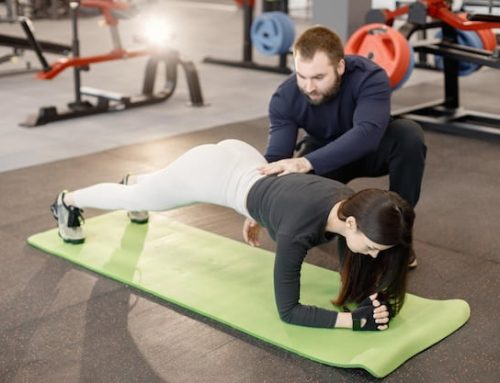The Benefits of Sports-Specific Training
When it comes to training for sports, there’s a lot more to it than just going for a run or hitting the gym. Different sports require different types of physical fitness and skills, and training specifically for your sport can help you improve your performance and reduce your risk of injury.
What is Sports-Specific Training?
Sports-specific training is a type of training that focuses specifically on the movements and skills required for a particular sport. This can include exercises that target specific muscle groups, drills that simulate game situations, and conditioning to improve endurance and stamina.
Why Is Sports-Specific Training Important?
Training for your sport can help you improve your performance by targeting the specific skills and fitness requirements needed to excel in your chosen activity. For example, a basketball player might focus on developing explosive power in their legs to improve jumping ability, while a soccer player might focus on footwork and agility drills to improve their speed and agility on the field.
Static vs Dynamic Exercises
One common question that arises in sports-specific training is whether certain exercises are static or dynamic. One such exercise is jumping jacks.
Jumping jacks are often used as a warm-up exercise in sports training, but are they static or dynamic? The answer is: it depends.
Static exercises are those that involve holding a position or pose for a period of time, while dynamic exercises involve movement. Jumping jacks are considered a dynamic exercise because they involve movement, but they also have a static component when you reach the top of the movement and hold your arms and legs out for a moment before returning to the starting position.
The Benefits of Jumping Jacks
Regardless of whether jumping jacks are considered static or dynamic, they offer a number of benefits for athletes. Jumping jacks are a great cardiovascular exercise that can help improve endurance and stamina, making them a great warm-up exercise for sports training.
Additionally, jumping jacks can help improve coordination, balance, and flexibility, all of which are important skills for many sports. They also engage muscles throughout the body, making them a great full-body exercise.
When to Use Jumping Jacks in Sports-Specific Training
While jumping jacks can be a great warm-up exercise, they may not be the best choice for all sports-specific training programs. For example, a strength training program for a powerlifter might not include jumping jacks, as they don’t directly target the muscles used in powerlifting.
However, for sports that require cardiovascular endurance and full-body coordination, jumping jacks can be a great addition to a sports-specific training program. They can be used in warm-ups, cool-downs, or as part of a conditioning routine.
Other Dynamic Exercises for Sports-Specific Training
In addition to jumping jacks, there are many other dynamic exercises that can be used in sports-specific training. Some examples include:
- Sprints
- Agility drills
- Plyometrics
- Box jumps
- Burpees
These exercises can be tailored to specific sports and skill levels to help athletes improve their performance and reduce their risk of injury.
Conclusion
Sports-specific training is an important part of improving performance and reducing injury risk in sports. Whether an exercise is static or dynamic, it can offer benefits for athletes when used appropriately in a sports-specific training program. Jumping jacks are a dynamic exercise that offer a range of benefits, making them a great addition to many sports training programs.






